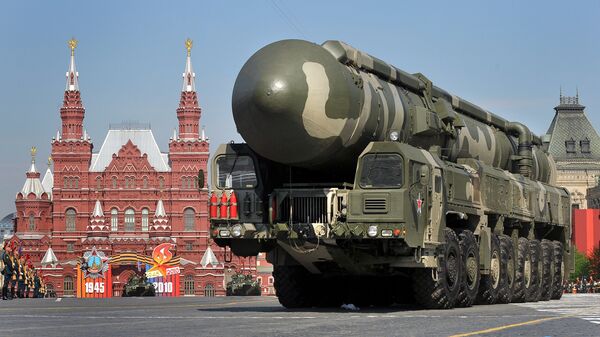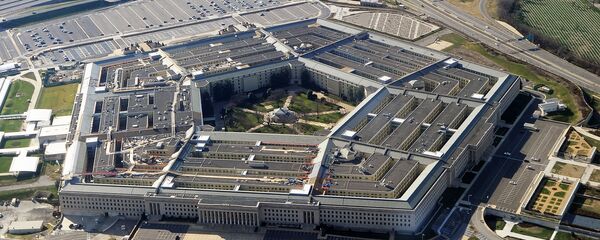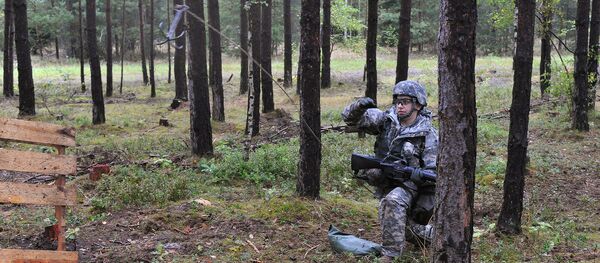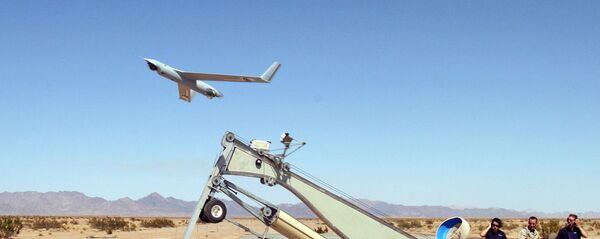Russia's official response was not long in coming. In an interview for Russian news agency RIA Novosti published Thursday, Andrei Kelin, the director of the Foreign Ministry's Department of European Cooperation, explained that Russia would offer an asymmetrical response to any new American buildup.
"Symmetrical steps are unlikely here, taking into consideration the huge amount of money that our American partners are presently investing, and that next year, they plan to spend four times as much. I'm sure that a symmetrical response is completely unnecessary. [However,] compensating measures to maintain a normal military-strategic balance are being taken and will be taken," Kelin said.
Analyzing Kelin's calm, soft-spoken response to the Pentagon's boisterous announcement, independent Russian newspaper Svobodnaya Pressa spoke to several top Russian security experts about the differences between a 'symmetrical' and 'compensating' response.
For his part, Sergei Kalmykov, the deputy director of the League of Military Diplomats, explained that Mr. Kelin's diplomatic language, "in its essence, was about so-called 'asymmetrical measures'."
"A response consisting of [simply] building up arms on the Russian border would only increase our vulnerability before NATO. Accordingly, we have to find ways to increase our strategic forces' access to the United States. This means developing the capabilities of our submarine fleet (and they are being developed) – namely as a means to deliver our strategic weapons" to the US mainland.
Today, Kalmykov notes, Russian military thought is undoubtedly based on the principle of 'quality over quantity'. "Modern weaponry demands, more than anything, the characteristics of quality. This can be seen in the modernization of our Aerospace Defense Forces, in the development of new technologies in the field of high-precision weapons, and in the increase of the speeds of missiles, both in the air and under water. And when these technologies are implemented, it will not matter what kind of delivery vehicles they are based on. The main thing is effectiveness."
Ultimately, the analyst suggests that when it comes to geopolitical decision-making, "there is nothing new under the sun – what's used is what has worked in the past. And indeed, why reinvent the wheel when sufficiently effective methods exist in the areas of political and military confrontation. Yes, of course, from the point of view of the budget, they are costly. But in contrast to the Soviet period, we have additional opportunities which we could use – opportunities which we haven't been used yet."
These opportunities, in Kalmykov's words, are multifaceted, and are by no means limited to the military sphere. For instance, the analyst notes, Russia might raise the question of withdrawing some of its $80 billion-worth of exchange reserves held in US bonds.
"Of course," Kalmykov notes, "our means to influence the US economically are limited; they can be counted on one hand. But they are there and they are obvious, and can and should be used."
Meanwhile, Alexei Fenenko, a lead researcher at the Institute of International Security Problems at the Russian Academy of Sciences, suggests that the main 'compensating response' in this case might be, first and foremost, tactical nuclear forces.
"Today," Fenenko noted, "we have superiority in tactical nuclear weapons in the European theater of operations. It seems to me that placing them in European Russia, Belarus and the Baltic Fleet is, apparently, sufficient 'compensation' for the Americans."
This is especially pertinent, Fenenko says, given that "the US's European nuclear-armed allies – Britain and France, are not covered by the treaty."
"Therefore, I believe that in the future there could be some developments in relation to the INF Treaty. But for now, Moscow will bet on 'compensating' the US and NATO via tactical nuclear weapons," the analyst concludes.








